<> Parthenos sylvia (Cramer,1775) <>
the Clipper ผีเสื้อช่างร่อน
Click on any photo to see all photos full size in Lightbox
Additions and corrections to the information provided on this page is always welcome. Please use the Contact form.
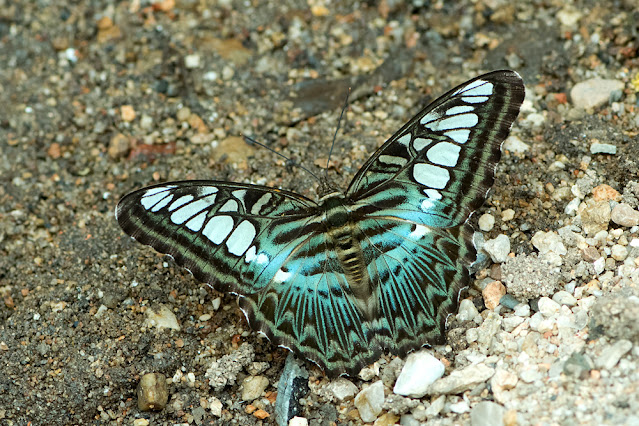
Photo taken at Doi Suthep-Pui National Park, Chiang Mai. Thailand. 620m a.s.l.

A large and beautiful species widely distributed and fairly common throughout most of the region with the exception of the colder climates of the Himalayas. The sexes are visually similar but the female is a little larger. It has a swift and powerful flight with rapid wing beats alternating with short spurts of smooth gliding. Although they are powerful fliers it is usually only over short distances, settling periodically on high vegetation. They are most often seen along streams where they move frequently to advantage points where they look down upon the territory below.
There is some regional variation in the colour of the wings, particularly the hindwings. Most often it is various shades of blue but in some locations the blue is replaced by light brown. Parthenos sylvia is multivoltine with several broods per annum. The adult female lays her eggs singly on the underside of a leaf on the host plant. The pupae occur in two forms, either green or brown, and are suspended by the cremaster from beneath a leaf or stem.
The genus Parthenos comprises of only three species but P.sylvia is the only one that is widespread, the other two are endemic to Papua New Guinea.
Synonyms and previously used names: Papilio sylvia, Papilio sylla, Papilio gambrisius, Parthenos apicalis, Parthenos sinensis, Kallima sylvia, Nymphalis sylla
Taxonomy: Animalia - Arthropoda - Insecta - Lepidoptera - Nymphalidae - Limenitidinae - Parthenos - sylvia
Regional subspecies: Parthenos sylvia apicalis (Myanmar), P.sylvia borneensis (E.Malaysia), P.sylvia gambrisius (NE India, Myanmar), P.sylvia lilacinus (S.Thailand, W.Malaysia, Singapore), P.sylvia philippensis (Philippines, Taiwan), P.sylvia sylla (N.Thailand, Laos, Cambodia, Vietnam, S.China-Yunnan)
Regional Distribution: India, Bangladesh, Myanmar, Thailand, Laos, Cambodia, Vietnam, China, Taiwan, Malaysia, Indonesia, Philippines
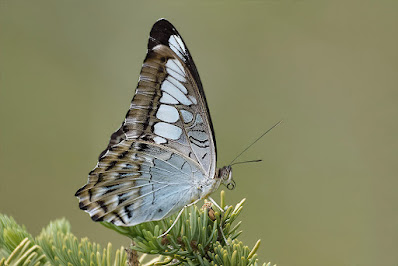 |
| Doi Suthep-Pui National Park, Chiang Mai, Thailand 620m a.s.l. |
Habitat: Parthenos sylvia is found in open areas within evergreen and deciduous montane forest, up to 1300m a.s.l. They are most frequently found in the vicinity of streams.
Flight time: all year round, depending on location Wingspan: 60-75mm
Life History: egg 5 days instar 1 2 days instar 2 2 days instar 3 2 days instar 4 2-3 days instar 5 6-7 days pupa 8-10 days Total egg to adult 26-31 days
All times are approximate and can vary depending on the season and on the host used.
Larval Hosts: Solena amplexicaulis, Zanonia indica (Cucurbitaceae), Adenia hondala, Adenia penangiana, Passiflora siamica (Passifloraceae), Tinospora cordifolia, Tinospora sinensis (Menispermaceae).
Actual host plant used depends upon location and availabilty of plant species.
Adult Food Sources: Nectar - Achillea millefolium, Chromolaena odorata (Asteraceae), Lantana camara (Verbenaceae), Ixora chinensis, Ixora javanica (Rubiaceae). NOTE: There are probably other nectar sources that have not yet been recorded. Other - mud puddling (occasional), rotten fruit, tree sap
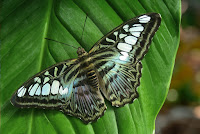 |
| Doi Suthep-Pui National Park, Chiang Mai, Thailand |
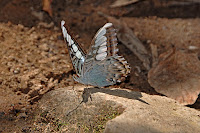 |
| Lamnamkok National Park, Chiang Rai, Thailand |
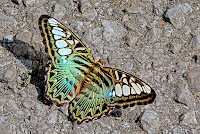 |
| Lamnamkok National Park, Chiang Rai, Thailand |
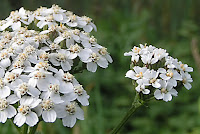 |
| Achillea millefolium, a nectar source |
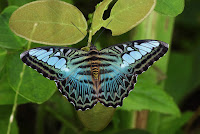 |
| Phnom Kulen, Siem Reap, Cambodia |
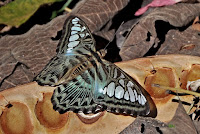 |
| Lamnamkok National Park, Chiang Rai, Thailand |
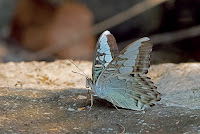 |
| Doi Suthep-Pui National Park, Chiang Mai, Thailand |
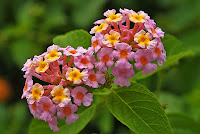 |
| Lantana camara, another nectar source |
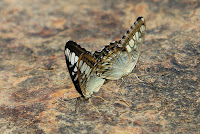 |
| Doi Suthep-Pui National Park, Chiang Mai, Thailand |
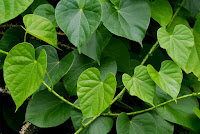 |
| Tinospora cordifolia, a larval host |
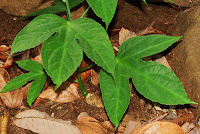 |
| Adenia hondala, a very popular larval host |
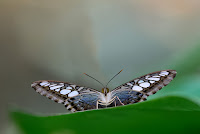 |
| Doi Suthep-Pui National Park, Chiang Mai, Thailand |
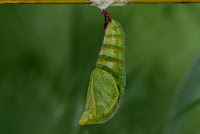 |
| pupa |
Links to other pages in this series for species in the same subfamily
Athyma perius
Auzakia danava
Euthalia alpheda
Euthalia lubentina
Lasippa viraja
Limenitis asura
Neptis cartica
Neptis miah
Pantoporia hordonia
Sumalia daraxa
Athyma pravara
Bhagadatta austenia
Euthalia anosia
Euthalia monina
Lebadea martha
Limenitis dudu
Neptis clinia
Neptis nashona
Pantoporia paraka
Sumalia zulema
Athyma ranga
Cynitia cocytus
Euthalia evelina
Euthalia patala
Lexias dirtea
Moduza procris
Neptis hylas
Neptis nata
Parthenos sylvia
Tanaecia jahnu
Athyma selenophora
Euthalia aconthea
Euthalia franciae
Euthalia phemius
Lexias pardalis
Neptis ananta
Neptis magadha
Neptis soma
Phaedyma columella
Tanaecia julii
